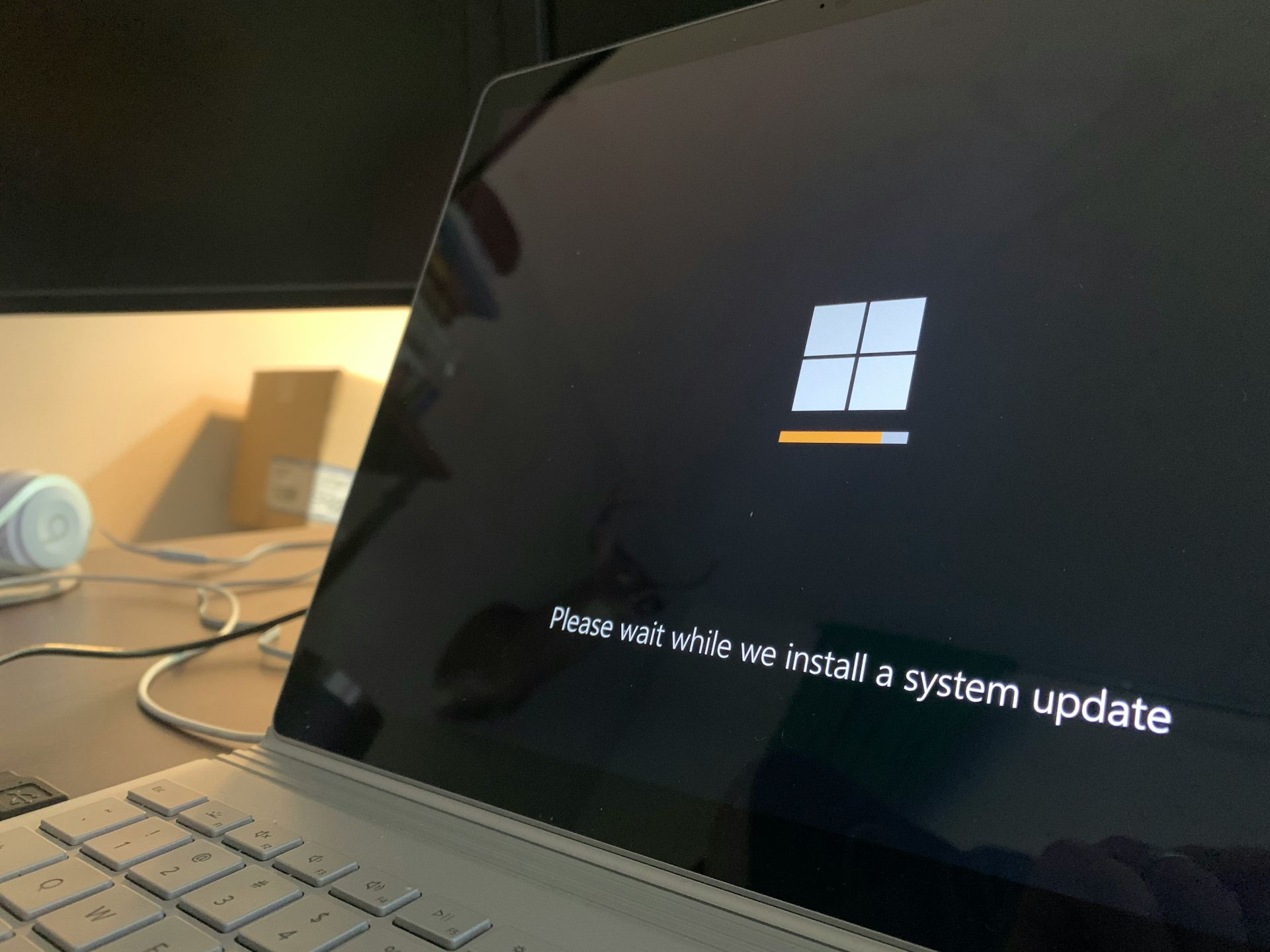Microsoft’s suite of products, including Microsoft 365 and Azure, has become a foundation for businesses worldwide. Over a million organisations use Microsoft 365 to enhance productivity and collaboration, while 85% of Fortune 500 companies rely on Azure for their cloud needs. The scalability, security, and innovation of Microsoft solutions have made them indispensable to organisations of all sizes.
However, the journey doesn’t end with implementation. Managing Microsoft support has become a growing challenge, particularly since the introduction of Unified Support in 2017. This new model replaced the traditional Premier Support system with a percentage-based pricing structure. While it aimed to streamline support across Microsoft’s products and services, many organisations saw their support costs increase by 30% to over 200%.
Understanding the Challenges
For IT leaders, navigating this shift has brought significant considerations:
Rising Costs: The percentage-based pricing model ties support costs to overall Microsoft spending, often resulting in spiraling expenses that aren’t always reflective of actual support needs.
Evolving Needs: With Microsoft’s frequent updates—around 200 updates a month—managing the impact on your organisation requires a proactive approach and expert knowledge.
Service Gaps: The transition to Unified Support also introduced changes in service delivery, with many organisations noting longer response times and less specialised support.
How to Choose the Right Support Model
Given these complexities, selecting the right Microsoft support option is critical to controlling costs, maintaining efficiency, and meeting business objectives. IT leaders must carefully evaluate their options, considering factors such as:
Total cost of ownership, including direct and indirect expenses.
Service-level agreements (SLAs) that align with business priorities.
Access to expertise and resources for managing updates, resolving issues, and optimising performance.
Gain Strategic Insights
In our latest report, we delve into the intricacies of Microsoft Unified Support, the challenges organisations face, and practical considerations for choosing the best support solution. Whether you’re evaluating Microsoft’s offerings or exploring alternative third-party providers, this report will help you make informed decisions tailored to your organisation’s needs.





